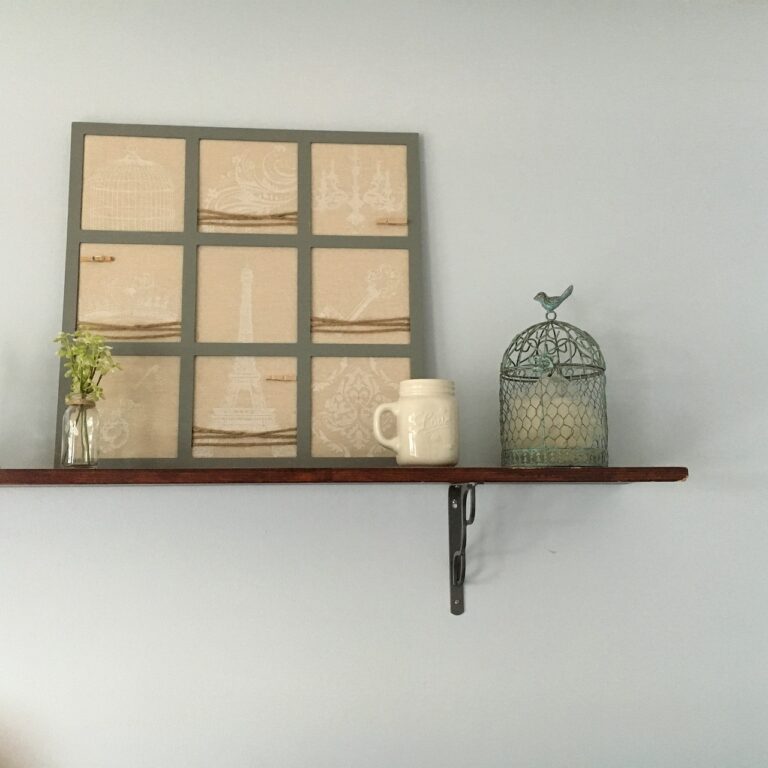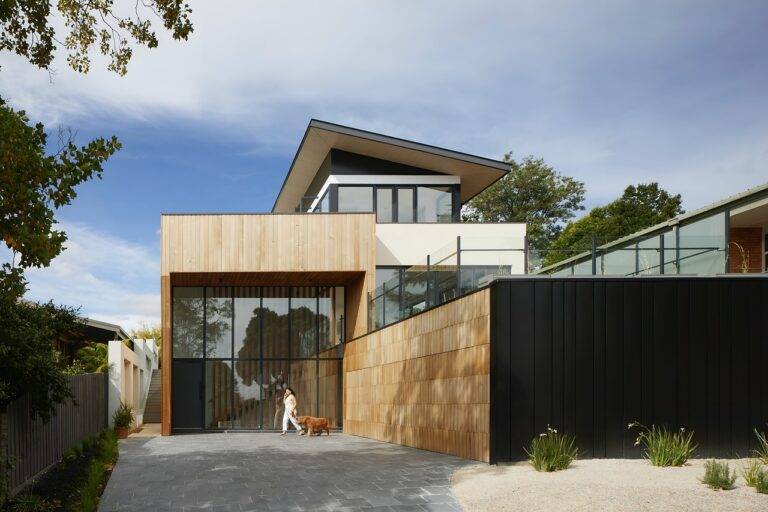How to Choose the Right Paint Color for Your Home
Choosing the right paint color for your home can be a daunting task. With so many options available, it’s easy to feel overwhelmed. However, with a bit of guidance and know-how, you can select the perfect paint color that complements your space and reflects your personal style. In this article, we’ll explore the key factors to consider when choosing a paint color for your home, tips for narrowing down your options, and how to ensure a cohesive look throughout your space.
Understanding Color Psychology
Before diving into the specifics of choosing a paint color, it’s essential to understand the basics of color psychology. Different colors can evoke different emotions and moods, so it’s important to consider how you want a room to feel before selecting a paint color. Here are a few examples:
- Red: Stimulating and energetic, red is great for spaces where you want to create a sense of warmth and intimacy, such as dining rooms or living rooms.
- Blue: Calming and serene, blue is perfect for bedrooms or bathrooms where relaxation is key.
- Yellow: Bright and cheerful, yellow can add a sense of positivity to kitchens or offices.
- Green: Refreshing and rejuvenating, green is ideal for spaces where you want to feel connected to nature, such as bedrooms or home offices.
Consider Your Lighting
One of the most important factors to consider when choosing a paint color is the lighting in your space. Natural light can drastically change the way a color looks, so it’s essential to test paint samples in different lighting conditions before making a final decision. Here are a few tips for selecting paint colors based on lighting:
- North-facing rooms: These rooms typically receive cool, blue light, so warm colors like reds, yellows, and oranges can help create a cozy atmosphere.
- South-facing rooms: Rooms with south-facing windows tend to receive warm, yellow light, so cooler colors like blues, greens, and purples can help balance the space.
- East-facing rooms: East-facing rooms receive warm, golden light in the morning and cooler light in the afternoon. Neutral tones like whites, greys, and beiges work well in these spaces.
- West-facing rooms: West-facing rooms receive warm, yellow light in the afternoon, so warm colors like reds, oranges, and yellows can help enhance the natural light.
Choosing a Color Scheme
Once you understand the basics of color psychology and how lighting can impact a paint color, it’s time to choose a color scheme for your space. Here are a few popular options:
- Monochromatic: Use different shades of the same color for a subtle, cohesive look.
- Analogous: Choose colors that are next to each other on the color wheel for a harmonious feel.
- Complementary: Select colors that are opposite each other on the color wheel for a bold, high-contrast look.
- Neutral: Stick to white, grey, and beige tones for a timeless, versatile option that pairs well with any decor.
Testing Paint Samples
Before committing to a paint color, it’s essential to test samples in your space. Paint can look vastly different on a wall than it does on a small swatch, so it’s important to see how a color looks in different lighting conditions throughout the day. Here are a few tips for testing paint samples:
- Paint small swatches on different walls in the room to see how the color looks against different angles of light.
- Observe how the color changes throughout the day as natural light shifts.
- Consider how the color complements your existing furniture and decor.
Maintaining Cohesion
Once you’ve selected a paint color for one room, it’s essential to consider how it will flow into adjacent spaces. Maintaining a cohesive color scheme throughout your home can help create a sense of continuity and flow. Here are a few tips for ensuring a cohesive look:
- Choose a main color for shared spaces and use variations of that color in adjacent rooms.
- Consider how colors will transition from room to room and select a palette that flows seamlessly throughout your home.
- Use accent colors to add visual interest and personality to each space while keeping the overall color scheme cohesive.
FAQs
Q: How do I choose the right paint finish for my walls?
A: The finish you choose for your paint can impact the overall look and feel of a room. Matte finishes are great for hiding imperfections, while satin finishes offer a subtle sheen that is easy to clean. Consider the function of the room and choose a finish that suits your needs.
Q: Can I paint an accent wall a different color?
A: Painting an accent wall a different color can add visual interest and create a focal point in a room. Choose a color that complements the main wall color while adding a pop of personality.
Q: How do I know if a paint color will look good in my space?
A: Testing paint samples on your walls is the best way to determine if a color will look good in your space. Consider how the color looks in different lighting conditions throughout the day and how it complements your existing decor.
Q: Should I follow trends when choosing a paint color?
A: While it can be tempting to follow current trends when choosing a paint color, it’s essential to select a color that reflects your personal style and complements your space. Trends come and go, but a timeless color scheme will stand the test of time.
Q: How do I ensure a professional finish when painting my walls?
A: Proper preparation is key to achieving a professional finish when painting your walls. Make sure to clean and prime the surface before painting, use high-quality brushes and rollers, and apply multiple thin coats for a smooth, even finish.
Q: What should I do if I’m still unsure about choosing a paint color?
A: If you’re still unsure about choosing a paint color, consider seeking the advice of a professional interior designer or color consultant. They can help guide you through the selection process and offer suggestions based on your personal style and preferences.







